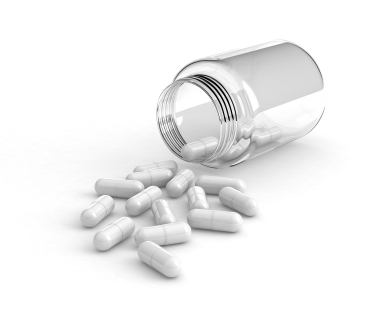FDA issued a revised bioequivalence recommendation for Lamotrigine ER Tablets calling on the firms to perform fasting and fed bioequivalence studies on the 200 mg tablet and a fasting study on the 50 mg. Neither of these products are the highest or lowest strength in the product strength range of 25 mg to 300 mg tablets. In addition, firms are being asked to conduct alcohol dose dumping dissolution studies on the product.
Because FDA does not outline its changes, and once a guidance is revised, the old version is taken down, it is very difficult if not impossible to tell what the changes are. Why don’t they start to cite the revisions in any revised guidance document? FDA has included some safety information about the potential for serious and life threatening rash (presumed to be Stevens-Johnson Syndrome) and requires that such warning appear prominently in the informed consent. They also indicate that patients with ANY prior history of drug-associated rash be excluded from the study.
Unlike many of the other revised guidances on extended-release products, FDA is not asking for partial AUC or other additional bioequivalence metrics, however, FDA mentions in the Federal Register Notice announcing the revision of the Lamotrigine ER guidance that the innovator has requested certain changes in the BE requirements, including a narrowing of the confidence interval and warnings for this class of drug products. The FDA notes that it has not yet responded to that petition (Docket No. FDA-2006-P-0461 here ).
It is also interesting that the FDA has approved 8 ANDA for Lamotrigine ER Tablets, but FDA is silent on whether they would be asking for those firms to repeat any studies. It is likely that label changes may be in the works.




